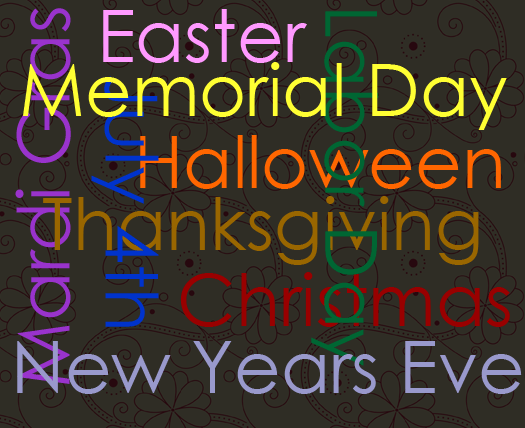How Often Should You Mail to Your Nonprofit Donors?
I decided to write this post due to the number of times nonprofits ask me “How often should we mail to our donors?” The corollary question is “How often can we ask people to give?”
The answer?
Well… if there was one quick answer I wouldn’t have needed to write a whole article. I’d just have given you a headline with a definitive response!
I know you want a definite answer.
And I could give you one. But it wouldn’t be the truth. Because the truth is different for every nonprofit. And the truth will even be different for your nonprofit at different points in your life cycle.
There are two definitive things I can tell you:
Details







